The United Kingdom is a country in Northern Europe. It consists of four separate countries, England, Scotland and Wales, which are on an
island called Great Britain, and Northern Ireland which shares another island to the west of Great Britain with the country of Ireland. There are other islands
around Great Britain which are part of the United Kingdom.
The United Kingdom is surrounded by the North Sea, the English Channel, the Irish Sea and the Atlantic Ocean.
The land is full of hills and low mountains with rolling plains in the south and east.
The geographical coordinates for the centre of United Kingdom, also known as lines of latitude and longitude, are:-
Latitude - 54 00N
Longitude - 2 00W
The capital of the United Kingdom is London.
The United Kingdom is a parliamentary constitutional monarchy with a King or Queen as Head of State. They do not have significant powers and the country is run by
a government of which the Prime Minister is the head. The present King (2022) is Charles III who began his reign on the death of his mother, Queen Elizabeth II on 8 September 2022.
She had reigned since 1952. Charles was 73 he came to the throne. His heir is his eldest son Prince William, Prince of Wales.
In elections everyone over the age of 18 can vote.
The currency in the United Kingdom is the pound. The United Kingdom joined the European Union in 1973. In 2016, the UK
voted to leave the EU and did so on 31 January 2020 although remaining under EU rules and law until 31 December 2020. The United Kingdom is a member of the Commonwealth.
English is the official language.
Check the weather in London now.
This is the time in London now








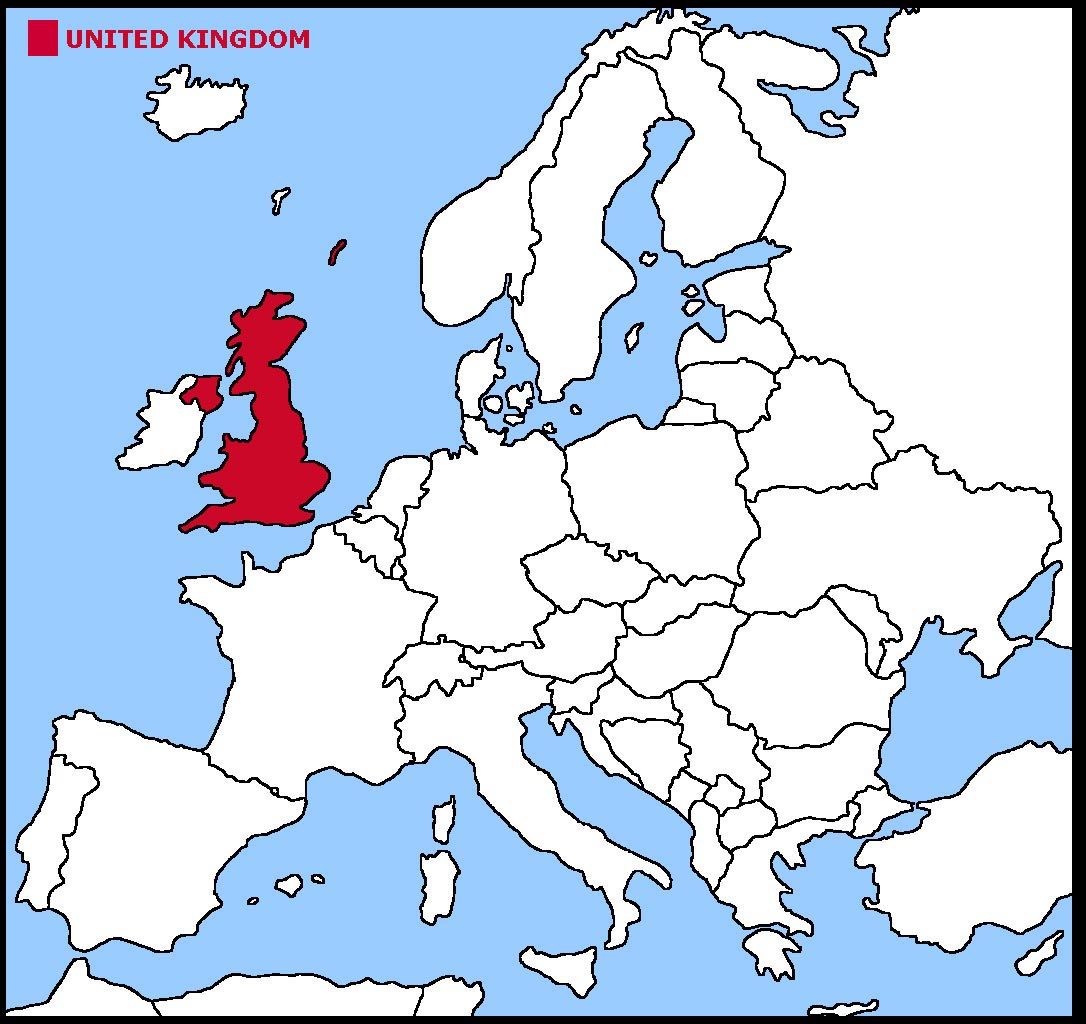

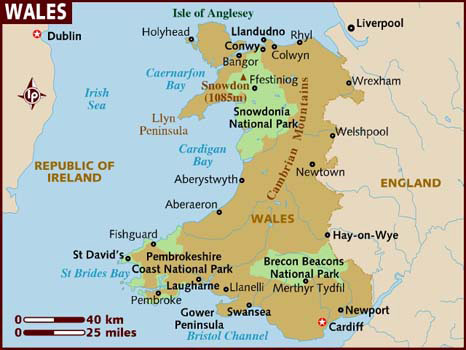

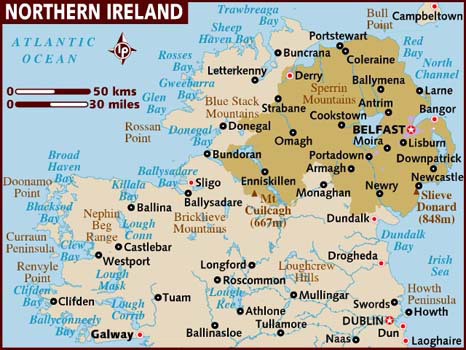
 The United Kingdom flag is a blue background
with a red cross edged in white and superimposed over the diagonal red cross of St Patrick (patron saint of Ireland, which is edged with the white diagonal
cross of Saint Andrew (patron saint of Scotland).
The United Kingdom flag is a blue background
with a red cross edged in white and superimposed over the diagonal red cross of St Patrick (patron saint of Ireland, which is edged with the white diagonal
cross of Saint Andrew (patron saint of Scotland).


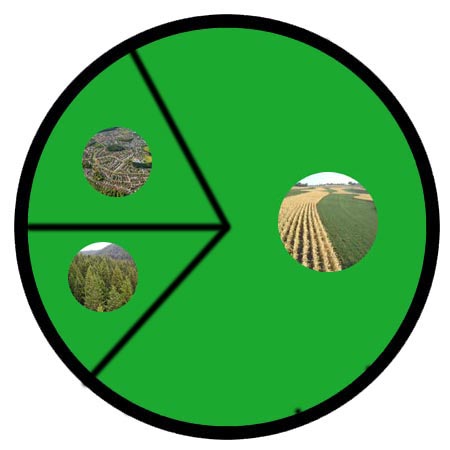

 Each little Owlbut is 1 person and
the big yellow rectangle is 1 sq km. After a while you can compare countries and see which ones are the most crowded. Remember it is only an average as
more people live closer together in towns and cities than in villages out in the country.
Each little Owlbut is 1 person and
the big yellow rectangle is 1 sq km. After a while you can compare countries and see which ones are the most crowded. Remember it is only an average as
more people live closer together in towns and cities than in villages out in the country.
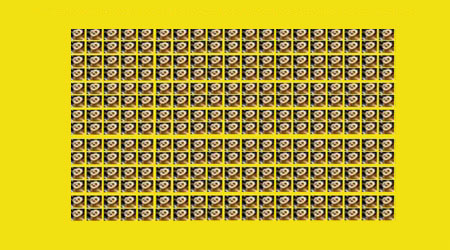

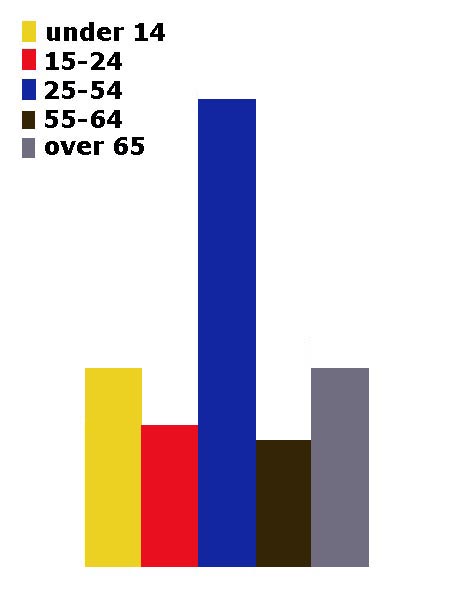
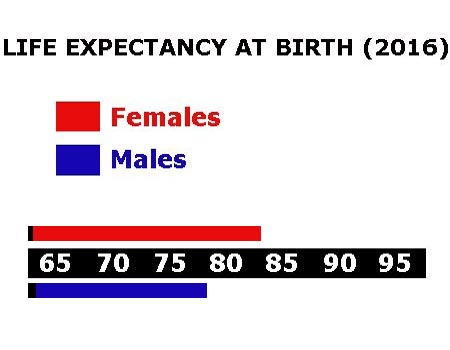

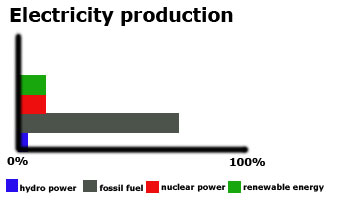

 They work in the following sectors.
They work in the following sectors.



